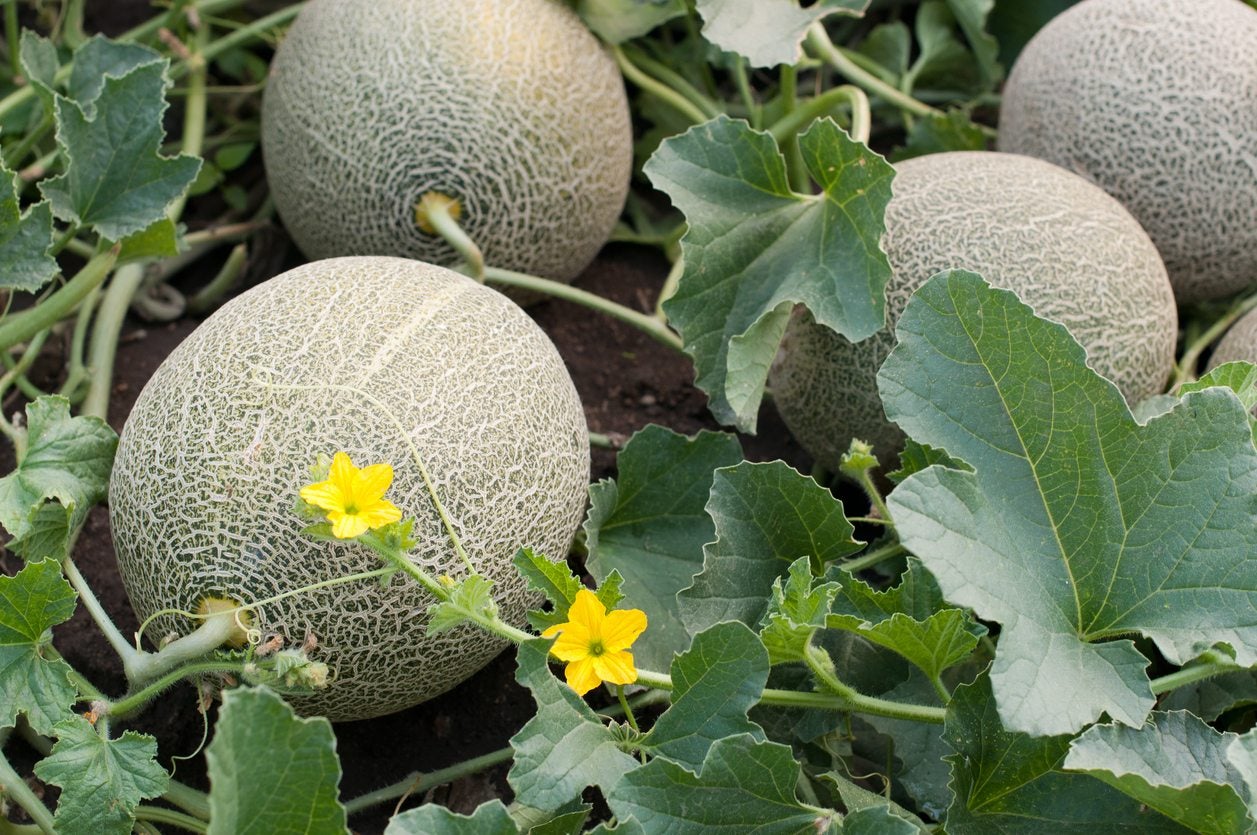Zone 5 Melons – Can You Grow Melons In Zone 5 Gardens


Very few things evoke such fond summertime memories quite like biting into a cold slice of watermelon. Other melons, like cantaloupe and honeydew, make for a refreshing and delectable treat on a hot summer day as well. Growing a quality crop of melons in zone 5 gardens has been purported by many to be a challenge. However, with some planning and attention to detail, it is possible to grow your own mouthwatering melons at home. Read on for tips on growing short summer melon plants in zone 5.
Picking Melons for Zone 5
Can you grow melons in zone 5 gardens? Yes, you can. One of the key components to growing melons in zone 5 is making sure to select varieties that will perform well. Since the growing season is generally shorter, be sure to choose melons which have lower number of “days to maturity.” Most often, these short summer melon plants will produce smaller fruits, as they will take less time to completely ripen than their larger counterparts.
Tips for Growing Zone 5 Melons
Seed Starting– A major cause for concern when growing melons in zone 5 is seed starting. While those in warmer climates may enjoy the luxury of direct sowing seeds into the garden, many zone 5 growers choose to start their seeds indoors in biodegradable pots. Since most melon plants do not like to have their roots disturbed during the planting process, these pots allow transplants to be placed directly into the garden after all chance of frost has passed. Mulching– Melon crops will suffer during extended periods of cold weather. Melons should always be grown in full sun and warm soil. Due to the shorter growing season, soil in the zone 5 garden may begin to warm more slowly than is desired. The use of black plastic mulches within the melon patch is beneficial to soil temperatures as well as useful in weed suppression later in the season. Row Covers– The use of plastic row tunnels or floating row covers is another option when growing melons. These structures increase early season temperatures and allow for more ideal growing conditions. Even though the melons will appreciate the increase in temperatures, be aware that these structures will also prevent pollinators from reaching your plants. Without these pollinators, no melons will be produced. Feed and Water– Melon plants can be very heavy feeders. In addition to these techniques, ensure that melons are planted in well-amended soil and receive at least 1-2 inches (2.5-5 cm.) of water each week.
Sign up for the Gardening Know How newsletter today and receive a free copy of our e-book "How to Grow Delicious Tomatoes".

Tonya Barnett has been gardening for 13 years. Flowers are her passion. She has transformed her backyard into a cut flower garden, which she regularly chronicles on her YouTube channel http://www.youtube.com/@tonyawiththeflowers.